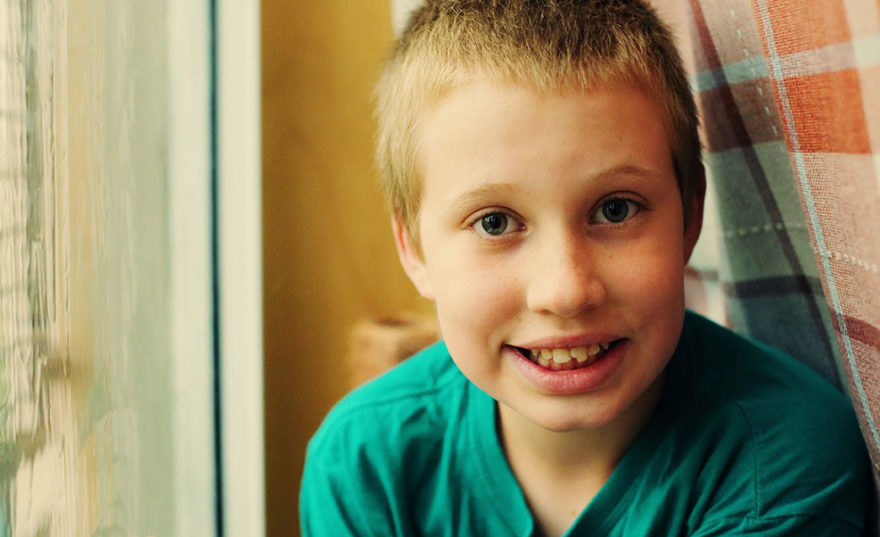Background
Definitions and classifications
Gender identity is the private sense and subjective experience of one’s gender. For most, a natural understanding develops from a child’s early months and years without difficulty or conflict and is in line with the gender that is assigned at birth. For some, however, there can be a growing feeling of incongruence between their external body and internal experience. This can result in significant distress and a desire to change.
This phenomenon is a recognised disorder in childhood (as well as in adults) and diagnostic classifications are outlined in both DSM-5 as ‘Gender Dysphoria’ and ICD-10 as ‘Gender Identity Disorder of Childhood’.
Epidemiology
Whilst considered rare, the actual incidence of Gender Dysphoria (GD) or Gender Identity disorder (GID) in the child and adolescent population is difficult to ascertain due to the lack of epidemiological studies and problems with differing criteria across the globe. Rates of referrals at all ages are increasing. A survey of 10,000 people undertaken in 2012 by the Equality and Human Rights Commission found that 1% of the adult population was gender variant to some extent. We know that Gender Dysphoria in adults knows no cultural boundaries, although it may be more hidden in some, and there is nothing to suggest that it is any different in child and adolescent populations.
It was once thought to be more common in natal boys, however, over recent times the number of girls presenting has increased and some studies report more equal numbers. The sex ratio seems to change according to age with a higher male: female ratio in under 12s compared with over 12s where the ratio is close to 1:1.
In comparison to adults, there are differences in the fluidity and variability in the outcomes within the child and adolescent population. In a minority of prepubertal children with GID, this will persist into later life although many will develop a homosexual orientation. In adolescents, a higher proportion will pursue gender transition although there are also high rates of homosexuality.
GID in Autism Spectrum Disorder (ASD)
This is an area which has sparked some interest, but there has been limited research thus far. Reports from gender identity clinics and some studies suggest a putative link, revealing higher rates of co-occurrence than would be expected by chance alone.
Preliminary results from a recent surveillance study of children and adolescents in the UK and Ireland reported ASD in 17/105 (16%) of new cases of GID over a 19 month period. One study from the Netherlands found ASD in 6.4% of children referred to a Gender Identity clinic and 9.4% in the adolescents referred. The Tavistock and Portman NHS Foundation Trust, which provides a Gender Identity Development Service for under 18s in the UK, estimate around 10% of their referrals have ASD. This finding is interesting and relevant for diagnosis and management and raises important theoretical questions.
In order for us to try and understand this further it may be helpful to outline ‘typical’ gender development and see how having ASD may impact upon this.
Gender identity development is influenced by biological, psychological and social variables. Kohlberg (1966) proposed that a child moves through three stages of increasing complexity.
- Gender identity: By two a child is able to self label.
- Gender stability: By four the child understands that gender remains the same across time.
- Gender constancy: By seven a child understands that gender is independent of external variable such as the way people have their hair or dress.
In gender schema theory, a child creates a cognitive structure which is used to organise information about an object, person and situation. Information is ‘made sense of’ by matching their pre-formed schemas. It is therefore perhaps understandable that a child with ASD and associated difficulties such as with social interaction, communication and theory of mind deficits may struggle to form an understanding of their often ambiguous environment in order to reach an awareness of their own gender. If development is delayed at an earlier stage, for example if there is an associated intellectual disability, they may display more rigidity in their gender beliefs.
Within the literature exploring the area of ASD and GID a number of theoretical explanations have been discussed. Whilst some of this research comes from child and adolescent populations, some is also extrapolated from adults.
It has been suggested that a confusion of identity in ASD may expand to gender related problems. The sense of ‘not belonging’ in ASD is a common experience with those who have GID, thus GID may arise due to their ill-defined sense of being different from others.
‘An adolescent with ASD who always had the feeling of being different from his peers in childhood, but had no history of childhood cross gender behaviour, became convinced that this feeling was explained by gender dysphoria. He had hoped that his communication problems would alleviate by taking hormones’. Another proposed theory is linked to difficulties with social and interpersonal relationships. There are reports of it arising as a consequence to bullying, difficulties in ‘conventional’ sexual relationships, abuse, sexual difficulties, or a paraphilic consequence of impairments in social interaction.
It has been suggested that GID could be regarded as a sequel to Asperger Syndrome (AS) in natal females arising from male emotional and cognitive traits due to AS. One would expect in this case natal females with ASD to outweigh natal males with ASD in referrals to GD clinics, however, this does not appear to be the case in the literature or clinical practise (although there have been no confirmatory studies around gender ratio in this specific area).
Some may view GID and associated behaviours as part of the unusual interests and preoccupations seen in ASD. However, such gender related behaviours, which include: mannerisms, attitude, interests, preoccupations and self identification show a broad spectrum rather than the restricted repertoire seen in ASD. Could GID be an obsession/ compulsion in ASD linked to behavioural rigidity and obsessionality? Parents often report that their child is obsessed by issues surrounding gender. However, being in preferred gender role is in itself ego- syntonic (excluding any social difficulties and anxieties which may arise). A case in the literature of a girl with ASD found her OCD symptoms resolved with medication, but the gender related ideas persisted.
Sensory preferences have been noted in some individuals. There are reports of fascinations in typically ‘feminine interests’ such as silky, soft and glittery textures and materials, bright and shiny substances and long hair. This could potentially explain some cross gender behaviours in natal males.
Clinical experience and the literature appear to support the co-occurrence of GID and ASD. Successful treatment also seems possible, however, it is important to take the neurodevelopment disorder into account. The Tavistock and Portman service accept referrals of young people with ASD. Whilst unpicking the inter-relatedness of GID and ASD is a complex task, positive outcomes are reported. This area increases in complexity if an individual has an additional intellectual disability and/or limited verbal skills. In clinical practise, best interest decisions have been made in non-capacitous individuals.
Going forward
Assessment and treatment
Assessment of children and adolescents presenting with GID must be comprehensive and include their family. Important considerations are the high rates of co-existing internalising disorders such as anxiety and depression, and/or externalising disorders such as oppositional de ant disorder, in addition to the possibility of neurodevelopment disorders such as ASD. Adolescents with GID are at a high risk of self harm and suicide attempt especially in the over 12s.
An important focus of treatment is to explore an individual’s gender identity. Clinicians have a crucial role in alleviating distress, fostering recognition, acceptance and openness in order to break the ‘cycle of secrecy’ that surrounds this issue for so many of those affected. Families, who themselves may be experiencing a mourning process, may need support to move away from a binary view of gender, to manage uncertainty and sustain hope.
Treatment aimed at trying to change a person’s gender identity and expression to become more congruent with their natal gender has been attempted in the past without success and is not considered ethical.
Following assessment and diagnosis of a child or adolescent with GID subsequent treatment follows a staged approach.
Stage 1: Further exploration of the nature of gender identity
Stage 2: Reversible interventions – hormone blocking from 15 years (12 years in research)
Stage 3: Partially reversible interventions – cross sex hormones
Stage 4: Irreversible interventions – surgical procedures (not considered before 18)
Conclusions
Gender identity can be viewed as a developmental milestone. Rates of referrals to GID clinics are increasing. Whilst evidence base is limited it suggests a higher rate of GID in those with ASD. This raises important theoretical questions about the neurodevelopmental mechanisms at play. Assessment and treatment of those affected is complex and requires an individualised approach however the literature also supports treating GID in those with ASD in accordance with international standards.
Conflicts of interest
The author has declared that she has no competing or potential conflicts of interest in relation to this article. The views expressed here are those of the author and do not necessarily reflect those of the Association for Child and Adolescent Mental Health.



